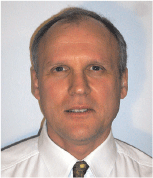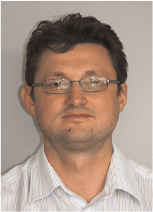Removing fault shadow distortions from seismic images using depth-velocity modelling and pre-stack depth migration
S. Birdus A and A. Artyomov ACGGVeritas.
The APPEA Journal 52(2) 700-700 https://doi.org/10.1071/AJ11114
Published: 2012
Abstract
In many areas, fault shadows manifest a serious challenge to seismic imaging. The major part of this problem is caused by different types of velocity variations caused by faults. Pre-stack depth migration with sufficiently accurate velocity model successfully resolves this problem and the high-resolution tomographic depth-velocity modelling is the most important component of the solution. During depth processing on a number of real 3D seismic datasets with fault shadows from Australia and other regions, the following were noticed:
-
The appearance of the image distortions below the faults and the convergence speed of the tomographic velocity inversion depend on the acquisition direction.
-
Sometimes, tomographic modelling produces depth-velocity models that closely follow geology, but the models contain non-geological looking anomalies in other areas.
-
In both cases, the depth migration delivers distortion-free images.
-
If anisotropy is present in faulted areas, it creates additional image distortions and can require extra input data and processing efforts.
-
To examine these effects and optimise depth-processing workflow, several 3D synthetic seismic datasets were created for different types of velocity anomalies associated with the faults in isotropic and anisotropic media and different acquisition directions.
On synthetic and real data from Australia, different types of fault shadows are illustrated; how they can be solved depending on the acquisition direction are also shown. Some types of the fault shadows are shown to require multi-azimuth illumination to guarantee their successful removal.

Sergey Birdus is a depth processing supervisor at CGGVeritas, Perth. After receiving a PhD (geophysics) from Kiev University in 1986, he worked as a lecturer for Kiev University, a researcher in R&D departments of major Russian service geophysical companies, and in several positions with Paradigm Geophysical in Moscow and Perth before joining CGGVeritas in 2006. He is involved in challenging depth-processing projects across Asia Pacific. |

Alexey Artyomov is a team leader in a processing imaging and reservoir group at CGGVeritas, Perth. He received his diploma (geophysics) in 1994 from the National University in Kazakhstan. Since then, he has worked in different positions in several geophysical services companies in Kazakhstan, southeast Asia, the Americas, and Australia. He joined CGGVeritas in 2008, involved in various depth imaging projects. |


